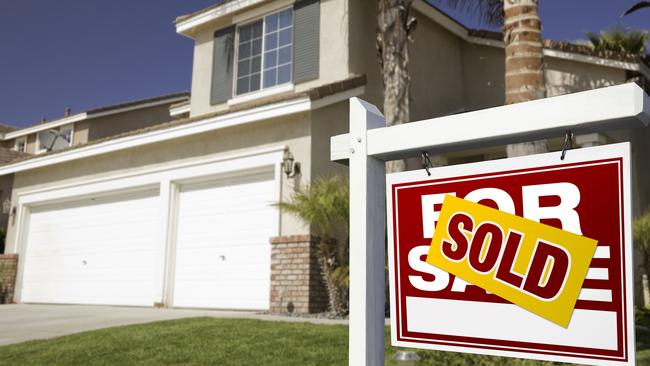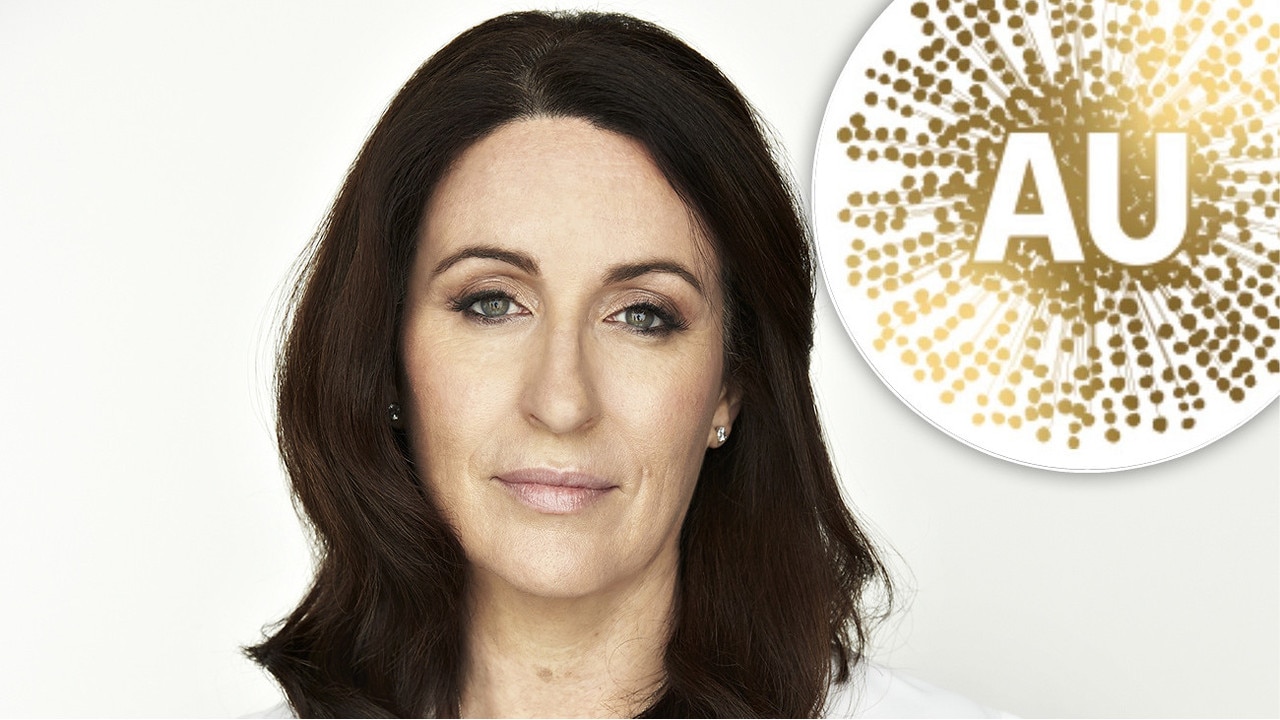It’s time to rethink the Aussie dream of home ownership
THE idea of permanent renting still gets a bad rap. But there are financial advantages to investing cash in assets other than housing and renting for life, writes Shane Geha.
Rendezview
Don't miss out on the headlines from Rendezview. Followed categories will be added to My News.
‘TO buy or not to buy: that is the question.’
Not one posed in a Shakespearean tragedy in 1602, but rather a real-life proposition confronting many modern-day Aussie citizens. Yet with skyrocketing purchase prices and rentals comparatively low in percentage terms, why does the idea of permanent renting receive such a poor social or financial rap? Why is it so important for so many of us to purchase a place to call home, when the process means borrowing money at unprecedented levels, at our most stretched financial limits, with an uncertain economy, job security and interest rates?
There are many reasons, I believe, so many Australians are emotionally attached to that great Australian dream of home ownership.
Firstly, it gives all of us a great sense of security. It has favourable tax treatment in that it is still capital gains tax free. It’s also an excellent hedge against inflation. But ultimately, home ownership is what we have always done. It’s what our parents and grandparents have always done. It is what we talk about at the family barbecue. It is a proud part of what it quintessentially means to be Australian.

But given the almost stratospheric prices needed to afford real estate in Australia’s capital cities today, can it continue in the future? Could renting a property soon become a more treasured form of living? At only 3 per cent p.a. net returns on the average Sydney house or apartment, is it worth the trouble and the risk to buy? I feel it would be better to invest the surplus cash into another higher-yielding asset and simply ‘rent for life’.
In the absence of a crystal ball, then one must resort to old-fashioned financial analysis and the famed real estate ‘gut feel’.
All of the positive feelings towards real estate are based either on the assumption that there will be both capital gain and price inflation in Aussie real estate. And though that has been true historically, it may not always be the case. Take the case of Japan — once the world’s second largest economy with the largest trade surplus — for the past two decades it has been experiencing asset price deflation. This seemed implausible in the 1980s when we had begun to wonder whether we should teach ‘Japanomics’ at our leading universities.

To understand the issue at its source, we also need to consider the shape and size of our working demographic. At a very basic level, the government has no money of its own: the government takes money from us in taxes and redistributes it back to us in terms of services and benefits. Hence the only money the government has is directly linked to the tax revenue generated by the working-age cohort.
If that group is shrinking, then there are only two ways to remedy that: have more than three children per couple or import people in the 20-55 age group to support the diminishing numbers.
There are many current demographics in some wonderful Australian towns that for one reason or another are losing people. It is clear that real estate prices in these towns have remained stagnant for years. So, the price of real estate is inextricably linked to the demand of an increasing population. It is the main factor that creates the demand required to generate price inflation for a dwelling. There have been many instances, even in this country’s economic past, where this has certainly been the case.
It might be uncomfortable or unpleasant to us that prices of dwellings, in Sydney for example, are continuing to rise at a long-term compound rate of 10-12 per cent which is several times that of wages or inflation, but the converse would be a situation of horrific proportions. Asset price deflation would spell the end to all our beautiful cities — not just Sydney.
Would we still be highly compelled, as now, to pour our life savings into bricks and mortar and go into massive amounts of debt, if we thought for even a moment that the value of such large assets, would deflate in the medium or long term? Would we be so avidly compelled to own land, concrete, brick and stone in circumstances where we could not support a financial gain, even a decade later?
Perhaps then, the decision ‘not to buy’ could form a new philosophy for a prosperous generation to come.
Dr Shane Geha, Managing Director, EG Advisory and Urban Planning.


